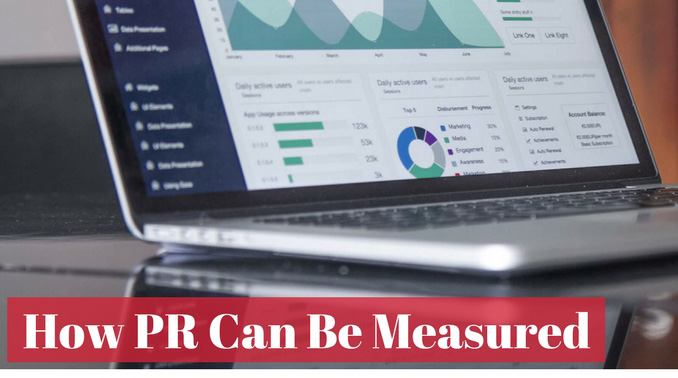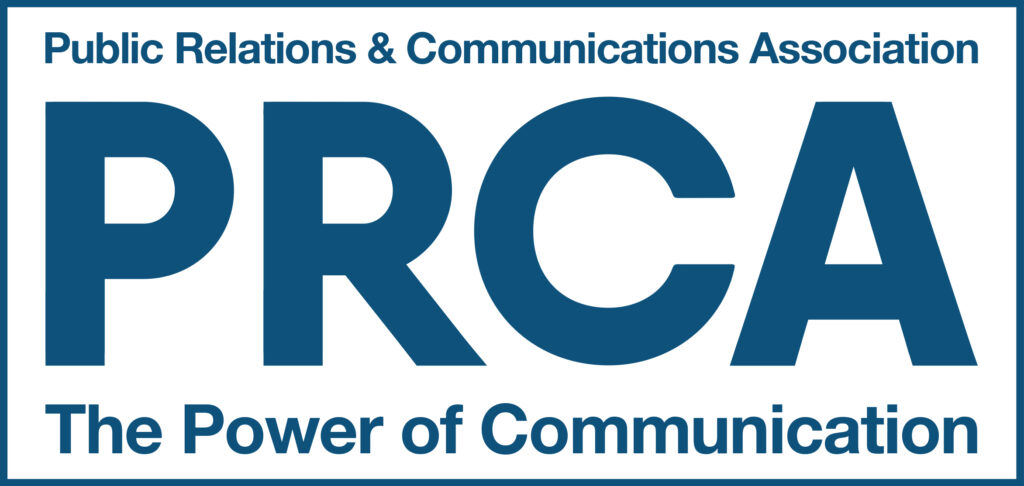
How to Choose a PR & Marketing Agency
One size does not fit all, especially when making the decision on which PR and marketing agency to choose. With an abundance of agencies, both

One size does not fit all, especially when making the decision on which PR and marketing agency to choose. With an abundance of agencies, both

With over 20 years’ experience as an agency leader Mandy Brooks has built brookscomm from the ground up, gaining a wealth of knowledge on how

The likes of Facebook, LinkedIn and Twitter have honed the art of targeting and content delivery to near perfection. For brands it’s never been easier

Businesses invest a huge amount of capital on manufacturing, shipping, and research & development but often overlook marketing. Marketing is at its most powerful when

Business leaders and sales and marketing professionals are often incredibly busy, short of time and are looking for quick ways to generate leads. For many of

Unlike Marketing or Advertising, which have clear, measurable ‘tick-box’ outputs and results, PR is considered by many as ‘fluffy’. A common misconception is that it’s

Clueless on SEO, unsure of whether you should #FF or scratching your head at the prospect of writing a meta description? Fear not, as we

Good press releases are worth their weight in gold and are solid components of your PR and Marketing armoury. Professional press releases need to be

In today’s busy workplace people don’t like being “sold to” and resent being bombarded with emails and intrusive phone calls.
Successful businesses are using a new approach to reach new customers. An approach that combines the latest proven PR & Marketing tactics to reach, inform and educate your target audience about how your business solves their challenges.

Do you have your Weetabix with baked beans? No, we’re not going mad. If you didn’t know, in 2021 a Weetabix tweet went viral (and
Call us now to discuss your PR & Marketing needs
01483 537 890
Alternatively, email us at
hello@brookscomm.com



Michael is our lead for digital marketing and responsible for developing strategic marketing
Michael is our lead for digital marketing and responsible for developing strategic marketing
Michael is our lead for digital marketing and responsible for developing strategic marketing that brings together communications and brand content across paid, earned, shared and owned media for brookscomm and its clients.
As a commercially astute professional with over 25 years of experience in marketing and PR, Michael uses an analytical approach to assess and optimise campaigns to meet KPIs. He is a digital advertising expert, planning and managing successful, cost-efficient campaigns on platforms such as Amazon, Google, Facebook, LinkedIn and Twitter.
A talented and adaptable writer, Michael produces clear marketing briefs and customer centric marketing and PR content across various formats, helping the business to deliver its integrated services.
Michael is committed to continuous development, earning professional and postgraduate digital marketing diplomas. He was also previously a committee member of the Surrey CIM (Chartered Institute of Marketing).